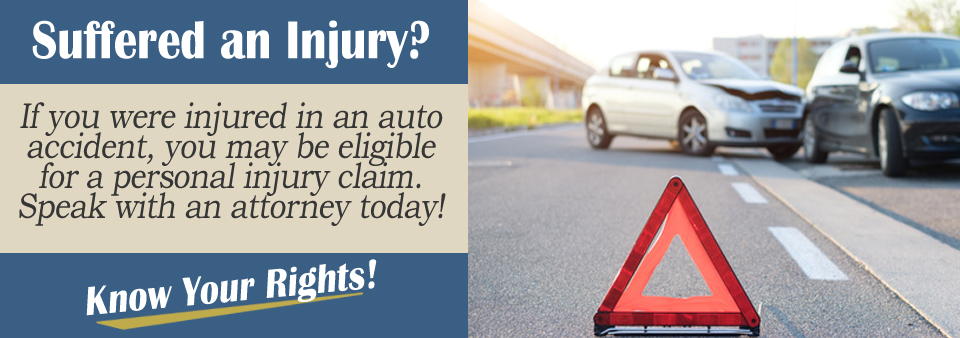Pedestrians should be safe when they use sidewalks designed for them to use and crosswalks that are controlled by signs and lights. Unfortunately, pedestrian accidents still happen in large numbers in every U.S. city and town.
Most, if not all, pedestrian accidents, are the fault of those operating motorized vehicles. Pedestrian accidents are caused when drivers and motorcycle riders fail to look out for pedestrians, drive and ride too fast, are too tired to concentrate, and are distracted by things like cell phone and by intoxication or drug use.
Pedestrians who are injured by a negligent driver or bike rider have good grounds for filing a personal injury claim against the person who was at fault.
Filing a Claim
You have the right as a pedestrian to file a personal injury claim against any vehicle operator who hits you due to their negligence. A successful claim will depend on supplying sufficient evidence that the other driver or rider was to blame, but if you were on a sidewalk or on a marked crosswalk when hit this is clear evidence that the accident was not your fault.
Personal injury claims are made up of two main components: economic and non-economic damages which are:
• Economic damages are primarily the cost of medical treatment and compensation for wages that might be lost while recovering or being treated. Any estimated future treatment costs and lost earnings should be included n the claim. The cost of replacing or repairing damaged property is less significant in a pedestrian accident than a car accident, but should also be included in the claim.
• Non-economic damages are harder to quantify, but are nonetheless just as real. They include compensation for “pain and suffering” as well as punitive damages if the driver or rider showed excessive negligence.
For instance, if a drunk driver drove up on to a sidewalk and hit a pedestrian, there would be good grounds for claiming punitive damages.
Claim Process
Despite the fact that most pedestrian / vehicle collisions are due to negligence on the part of the driver or motorbike rider, you will still need supporting evidence to win a claim. Even if you were badly injured, the person who hit you may still try and deny that they were at fault and may even try and suggest that you were partly to blame. Useful evidence that can help support your claim includes:
• eye witness accounts from people who saw the accident and may have helped you after you were hurt;
• security or surveillance camera footage that may have recorded the accident;
• a police report that should be completed at the accident scene;
• a doctor’s report, indicating the extent of your injuries and necessary treatment;
• proof of all costs related to your injuries including medical treatment and lost earnings.
It is advisable to start preparing to submit a claim for compensation as soon as your injuries allow. Crucial evidence such as eye witness accounts are easier to obtain when memories are fresh after an accident.
Each state has a statute of limitations that limit when a personal claim can be submitted, so this should also be taken into account. Usually it is 2 or 3 years from the date of an accident.

How a Lawyer Can Help File Your Claim
It’s not always straightforward filing a personal injury claim. A personal injury lawyer can help you decide whether a claim is possible to win and what evidence you should submit with the claim. Most PI lawyers should provide a free consultation and defer legal fees until a compensation claim is won on your behalf.